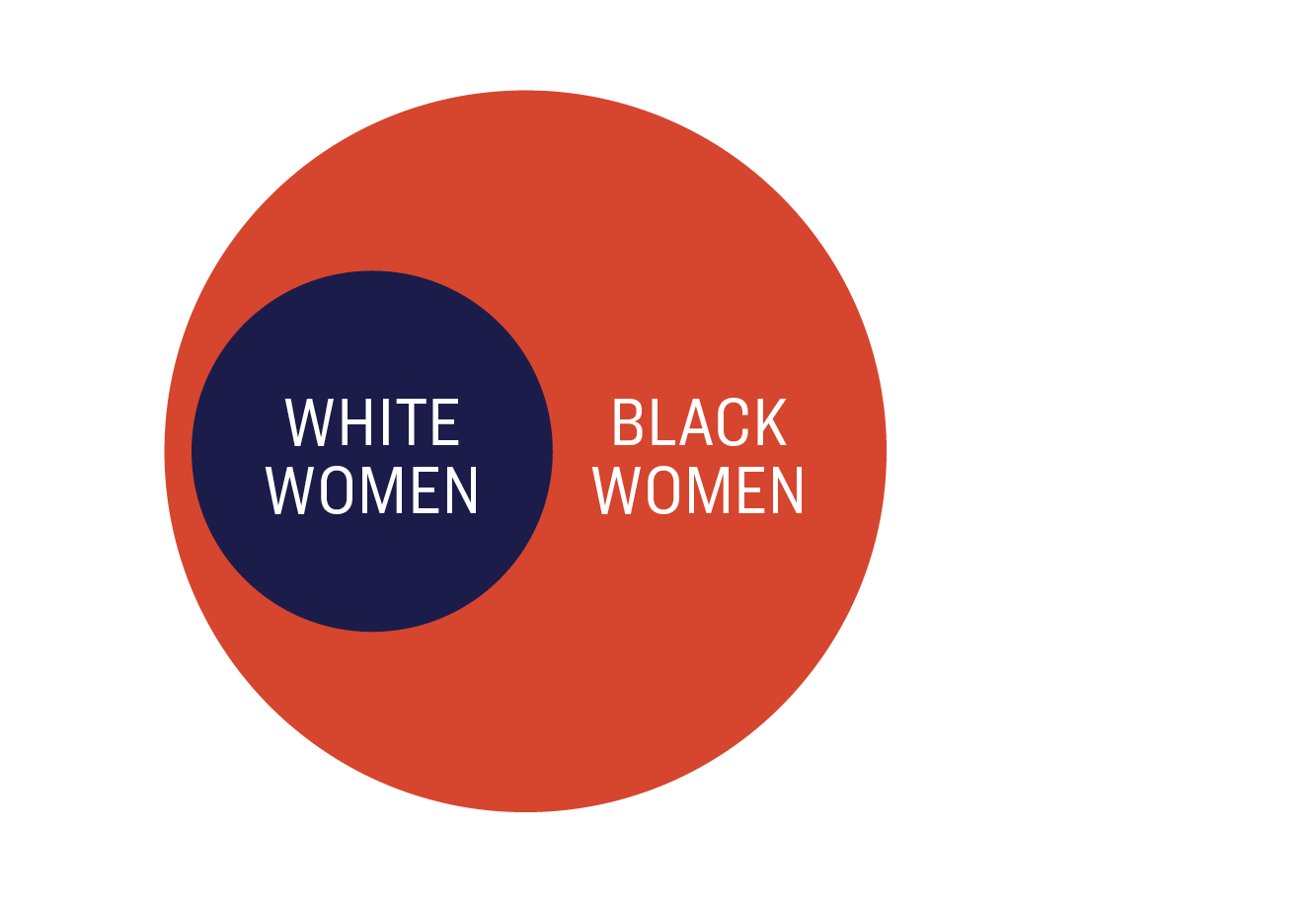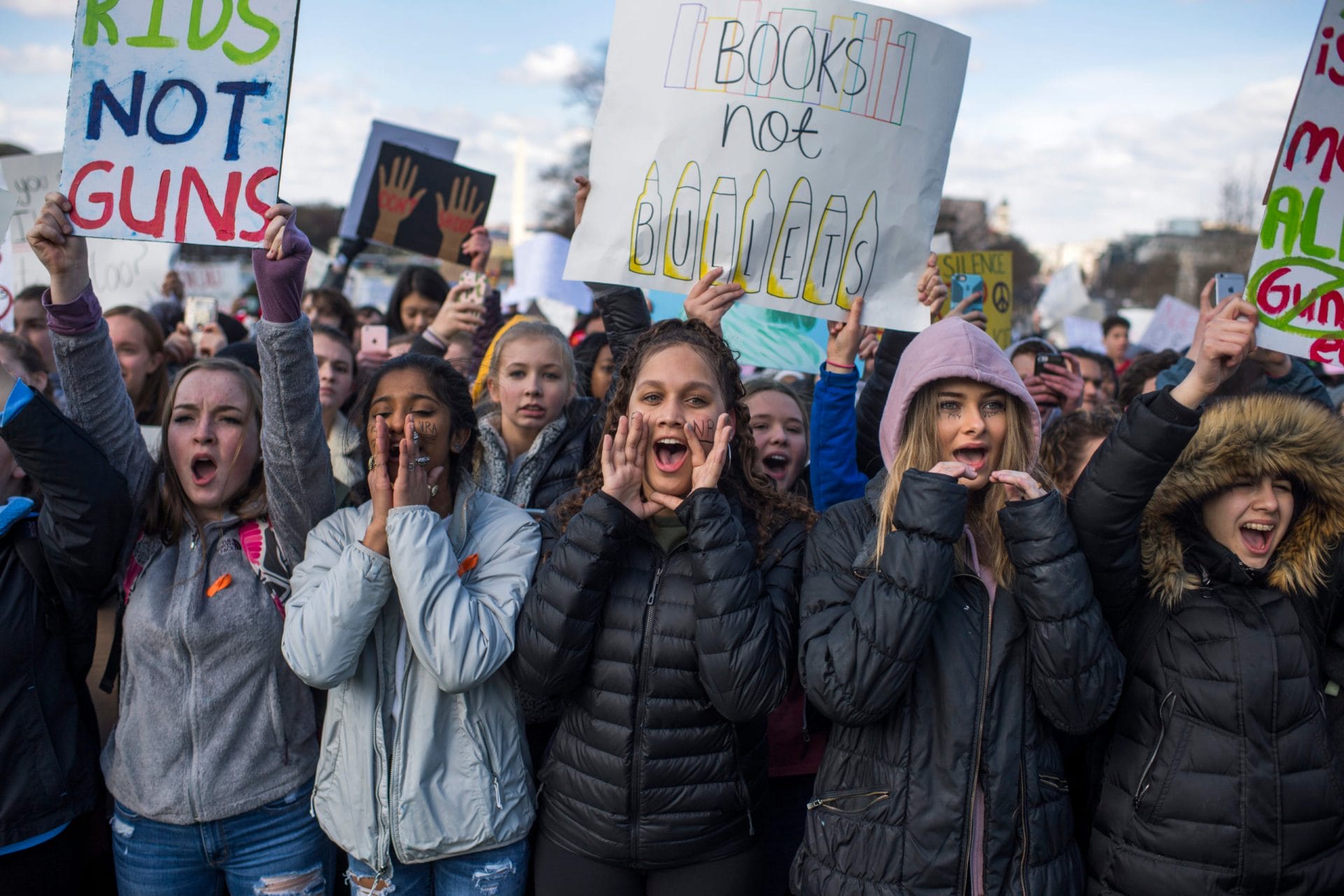
Honor the Transgender Lives Lost This Year by Taking Action
On Transgender Day of Remembrance, we’re honoring those whose lives were taken by violence in 2021.
This year has been a horrific one for anti-transgender violence, and it’s on track to outpace the grim record set in 2020.
At least 47 transgender people have been killed so far this year. Due to miscounting and misreporting, this is likely an undercount of the actual total.
This Transgender Day of Remembrance, we want to remember and honor these individuals while acknowledging the deadly nexus of gun violence and anti-transgender violence.
The Intersection of Anti-Transgender Violence and Gun Violence
Guns are the primary weapon used in anti-transgender violence—last year, three out of every four transgender people killed died by gun violence. Since 2013, nearly two-thirds of fatal violence against transgender and gender-nonconforming people has involved a gun.
Earlier this year, Giffords wrote about why transgender people are especially impacted by the threat of gun violence. Transphobia, an increased likelihood of poverty and homelessness, and an elevated risk of suicide and domestic violence are all contributing factors, and they are magnified by easy access to firearms and weak gun laws.
Anti-transgender violence disproportionately impacts Black transgender women—since 2013, the vast majority of transgender and gender non-conforming victims of fatal violence have been Black transgender women.
And this violence doesn’t just take place between strangers. In the 2015 US Transgender Survey, nearly half of all respondents reported experiencing some form of intimate partner violence. Reporting by the Washington Post earlier this year confirmed that nearly half of the deaths of transgender women who were killed between 2015 and 2020 were killed by an intimate partner.
Coming Together in Times of Crisis
Those who lost their lives over the past year due to anti-transgender violence had family, friends, and communities who loved them, and who now mourn their loss.
In July, about 100 people came together in Maryland to memorialize Taya Ashton, a 20-year-old Black transgender woman who was fatally shot. Friends, family members, activists, and members of the community celebrated her life, spoke about her dreams and aspirations, and shared their memories. After walking from a local park to her apartment complex, the crowd lit candles and released balloons in honor of Taya.
In Charlotte, North Carolina, the LGBTQ community was rocked by the deaths of two Black transgender women, just two weeks apart. Jaida Peterson, 29, and Remy Fennell, 28, were both fatally shot in hotel rooms in April.

Racial disparities in domestic violence
Source
Federal Bureau of Investigation, Uniform Crime Reporting Program: Supplementary Homicide Reports (SHR), 2014–18.
After Jaida’s friends and family reached out to local papers to correct her name and pronouns in reports of her death, they organized a vigil to honor her. Remy’s family organized a vigil for her at a local park where Remy and her sister used to play. Those in attendance shared their memories of her and released balloons in her honor. One of Remy’s goals was to open her own hair salon—and now, her sisters are planning to realize her dream.
These women, and the many other transgender victims of violence this year, left a deep impression on those they left behind. We must commit to honoring their memory by addressing the intersection of gun violence and anti-transgender violence to ensure that all Americans feel safe in their communities.
Moving Forward Despite Setbacks
2021 has been a long, hard year for LGBTQ advocates and activists. This was the worst year in recent history for state legislative attacks on LGBTQ rights. Hundreds of state bills were introduced, and a record-breaking 25 bills have been enacted. Extremist state legislators are taking the same approach to LGBTQ rights as they have to guns—prioritizing the wishes of a small but vocal minority over the safety of their constituents.
Yet there have been some signs of progress. This year, California became the first state to begin tracking the violent deaths of LGBTQ people, a crucial step towards understanding the disproportionate rates of violence against the LGBTQ community.
Additionally, many police departments around the country are starting to require LGBTQ training. These trainings range from courses on de-escalating conflicts and avoiding misgendering in interactions with LGBTQ individuals to face-to-face meetings with members of the LGBTQ community. Transgender people have been historically overpoliced and harassed by law enforcement, and these initiatives—if tailored to each community and implemented properly—have the potential to transform the relationship between LGBTQ communities and the police.
The epidemic of anti-transgender violence in this country, and the use of guns to perpetuate the majority of this violence, requires swift action across all levels of government. The fight for strong gun laws goes hand in hand with the fight against anti-transgender violence—and as we work to make this country free from gun violence, we must prioritize the safety and wellbeing of transgender people.
TAKE ACTION
The gun safety movement is on the march: Americans from different background are united in standing up for safer schools and communities. Join us to make your voice heard and power our next wave of victories.
GET INVOLVED
